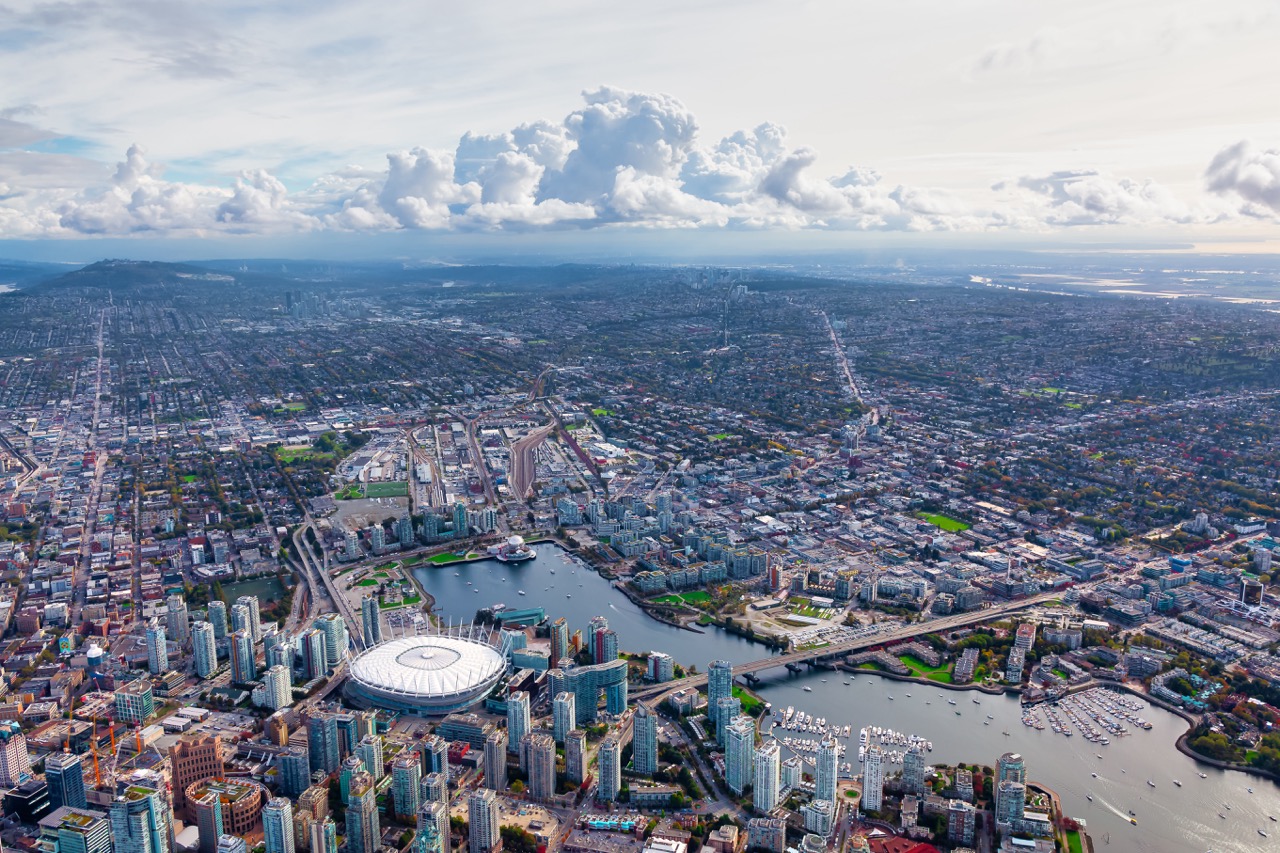British Columbia (BC) is often hailed for its stunning natural landscapes, but it is also recognized for the health and well-being of its residents. With urban centers that boast high standards of living and access to health services, the province has become a benchmark for health-oriented urban planning. This article explores the healthiest cities in British Columbia by evaluating various health metrics, community initiatives, and access to healthcare, providing insights into what makes these cities stand out in terms of public health.
Evaluating the Healthiest Cities in British Columbia
To determine the healthiest cities in British Columbia, a comprehensive evaluation that combines qualitative and quantitative metrics is essential. Key indicators include life expectancy, rates of chronic diseases, mental health statistics, and overall environmental quality. These metrics are often sourced from government health reports, public health databases, and local community surveys, offering a holistic view of urban health dynamics across BC.
Another aspect worth considering is the influence of socio-economic factors on health outcomes. Cities with higher income levels, better education systems, and lower unemployment rates typically exhibit improved health statistics. Additionally, urban environments that prioritize green spaces and recreational facilities tend to promote physical activity among residents, contributing to better health outcomes.
Moreover, it is crucial to consider the cultural aspects of health in different cities. Certain communities may emphasize holistic wellness practices or traditional medicine, which can influence their health metrics. By understanding both the quantitative data and the qualitative factors, we can paint a comprehensive picture of health across British Columbia’s urban landscape.
Key Factors Contributing to Urban Health in BC
Several key factors contribute to the overall health of cities in British Columbia. One significant element is the availability and quality of healthcare services. Cities with well-equipped hospitals, a variety of healthcare providers, and specialized services tend to have better health outcomes. An active public health system that emphasizes preventive care can reduce the incidence of chronic illnesses and improve residents’ quality of life.
Environmental factors also play a critical role in urban health. British Columbia’s commitment to sustainability means that many cities prioritize clean air and water, green spaces, and active transportation options. Access to parks, bike paths, and pedestrian-friendly urban design encourages outdoor activities, fostering healthier lifestyles and mental well-being among residents.
Additionally, community engagement and support systems are essential for promoting health in urban areas. Cities that encourage citizen participation in health programs and services often see better public health outcomes. Community initiatives can include health fairs, nutritional education, and mental health workshops, creating a support network that addresses the diverse health needs of residents.
Top-Ranked Cities: An Overview of Health Metrics
Vancouver frequently ranks as one of the healthiest cities in British Columbia, driven by its robust healthcare services, active lifestyle options, and overall high quality of life. With initiatives that promote physical activity and mental wellness, Vancouver residents enjoy a higher life expectancy and lower rates of lifestyle-related diseases than many other urban areas.
Victoria, the province’s capital, also shines in health metrics, particularly in mental health and community support. The city has a strong focus on holistic health practices, offering various wellness programs and community services that promote healthy living. Furthermore, the availability of recreational spaces and outdoor activities encourages residents to maintain an active lifestyle.
Kelowna is another notable contender, attracting attention for its focus on preventive care and healthy living. The city promotes active living with abundant outdoor activities and access to healthcare services that emphasize wellness and preventive measures. As a result, residents of Kelowna report higher satisfaction levels regarding their health and well-being compared to many other cities in BC.
Community Initiatives Supporting Healthy Lifestyles
Community initiatives are pivotal in fostering healthy lifestyles in British Columbia’s urban areas. Many cities have implemented programs that encourage residents to engage in regular physical activity, such as community sports leagues, fitness challenges, and organized outdoor events. These initiatives not only promote physical health but also foster social connections among residents.
Nutrition education is another critical aspect of community health initiatives. Many cities, including Vancouver and Victoria, have introduced programs that provide guidance on healthy eating, cooking classes, and access to fresh, locally-sourced produce through farmer’s markets. By empowering residents with knowledge about nutrition, these programs aim to combat issues such as obesity and related health conditions.
Mental health support and awareness campaigns have also gained traction in urban areas. Cities are increasingly recognizing the importance of mental well-being and have launched initiatives to promote mental health resources. Workshops, support groups, and public awareness campaigns help destigmatize mental health issues, encouraging residents to seek help and fostering a healthier community.
Access to Healthcare: A Crucial Element for Residents
Access to healthcare services is paramount for maintaining the health of any urban population. In British Columbia, cities like Vancouver and Victoria benefit from a well-structured healthcare system that offers a range of services, including hospitals, clinics, and specialized care. This accessibility ensures that residents receive timely medical attention, which can lead to better health outcomes.
Moreover, the presence of preventative care programs, such as immunization clinics and wellness screenings, plays a critical role in maintaining community health. Cities that prioritize preventive care often experience lower incidences of chronic diseases, as residents are more likely to engage in regular check-ups and health screenings. This proactive approach to healthcare can significantly impact long-term health and wellness.
Additionally, telehealth services have gained popularity, especially in the wake of the COVID-19 pandemic. Cities that have integrated telehealth into their healthcare systems have enabled residents to access medical advice and services conveniently from their homes. This innovation has been particularly beneficial for those with mobility issues or those living in rural areas, ensuring that healthcare remains accessible to all residents.
In conclusion, the healthiest cities in British Columbia exemplify a commitment to holistic health and well-being through a combination of robust healthcare systems, community initiatives, and a focus on environmental sustainability. By evaluating health metrics, community engagement, and access to healthcare, we gain valuable insights into what makes these cities thrive in terms of public health. As urban areas continue to evolve, the lessons learned from BC’s healthiest cities can serve as a model for improving health outcomes in communities across the globe.





